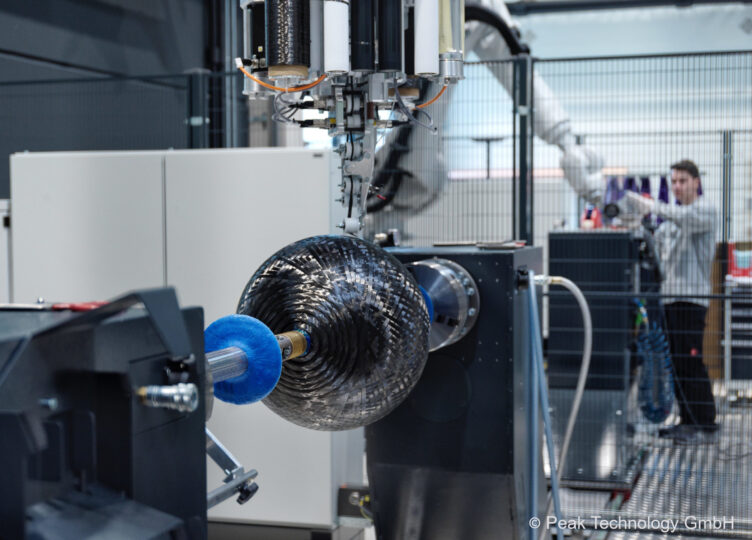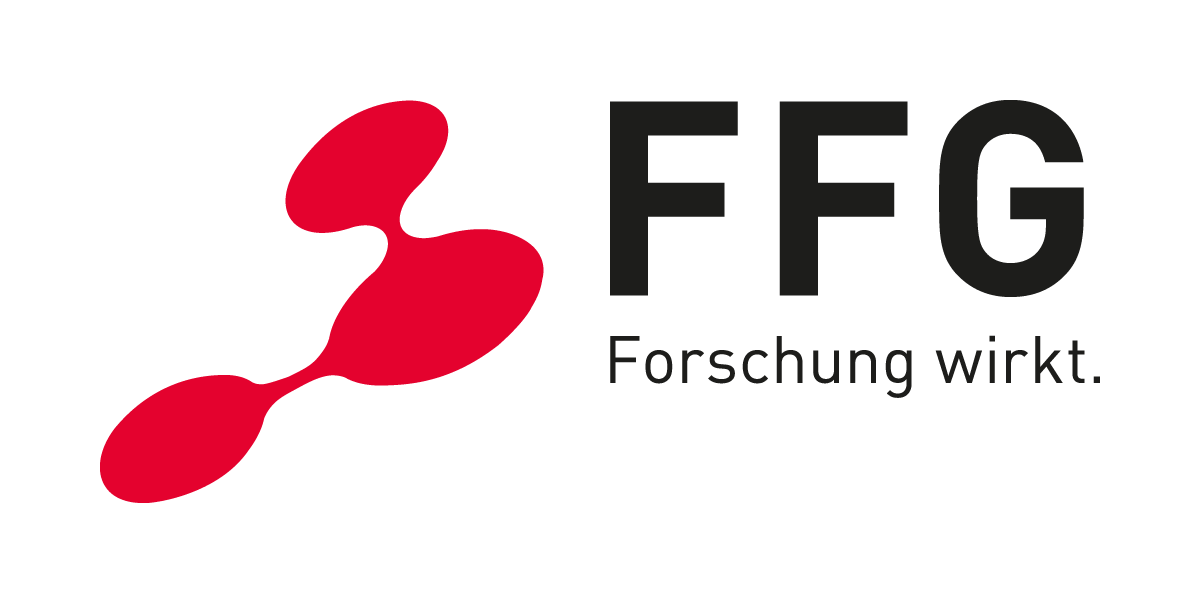
Propulsion systems in launch vehicles, satellites and space probes use composite overwrapped pressure vessels (COPVs) to store pressurised gas, whereby liners are wrapped with carbon fibres to withstand the high loads. Conventional pressure vessels suitable for space travel are usually equipped with titanium liners. The disadvantages are high manufacturing costs and the high melting point of the metal. This prevents the complete combustion in the event of re-entry into the atmosphere. Previously available seamless liners made of aluminium have undesirable wall thickness variations and an increased overall mass of the system. The project therefore aims to develop lighter and cheaper COPVs made of ultra-thin aluminium liners with better atmospheric re-entry properties.
The challenge for this project is to optimise the interface between the aluminium liner and the composite. A good and consistent connection is considered crucial for safety and durability. As thin-walled aluminium liners are currently not yet "state of the art" and there is no standard defining this interface, common customer requirements demand corresponding proofs in connection with internal evacuation and quick release tests. The surface treatment of the Al-liners is the key to a perfect connection of the two different materials. Existing and new surface treatment technologies will be investigated in this project to gain a thorough understanding of the interface between the liner and the composite wrap. At TCKT, the material pairings will be investigated and evaluated for this purpose using different test methods. This will significantly improve the future product and accelerate the market entry for the "new generation COPV".
The partners involved in the project together with TCKT are:







